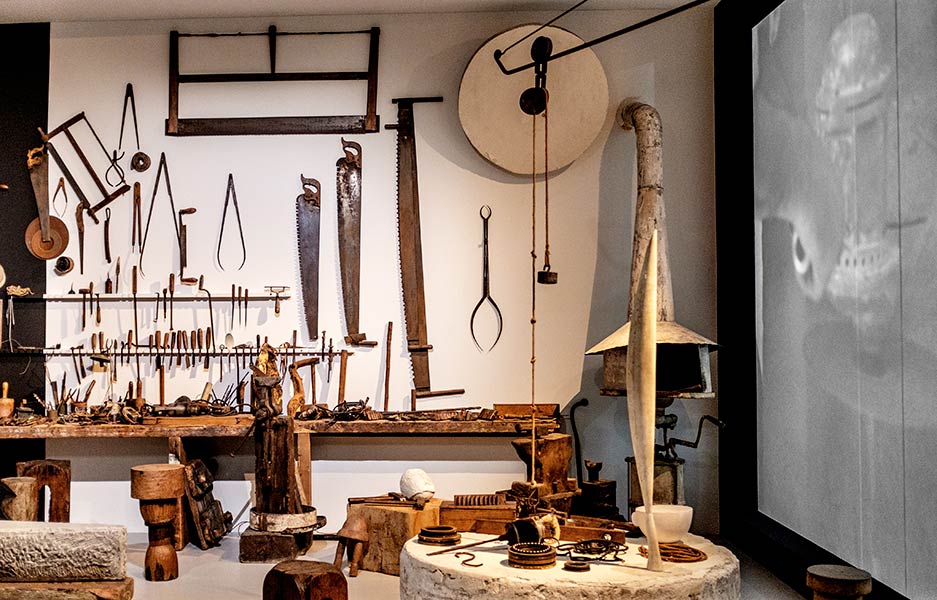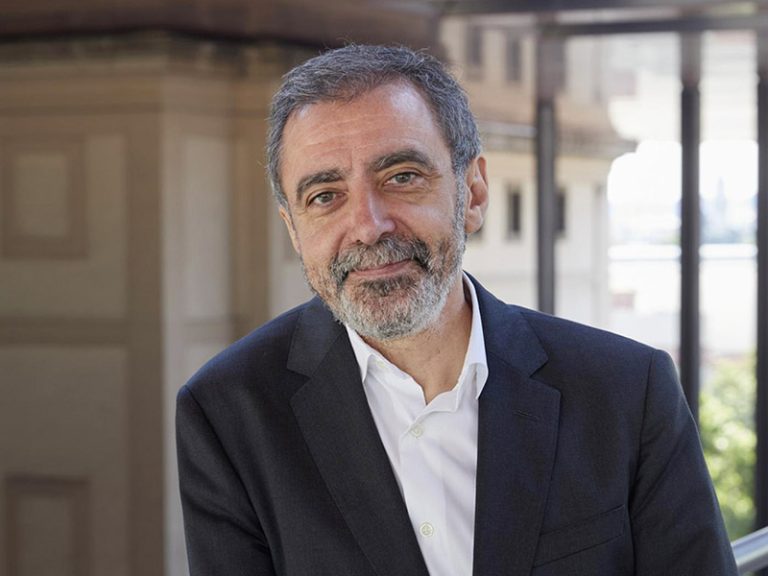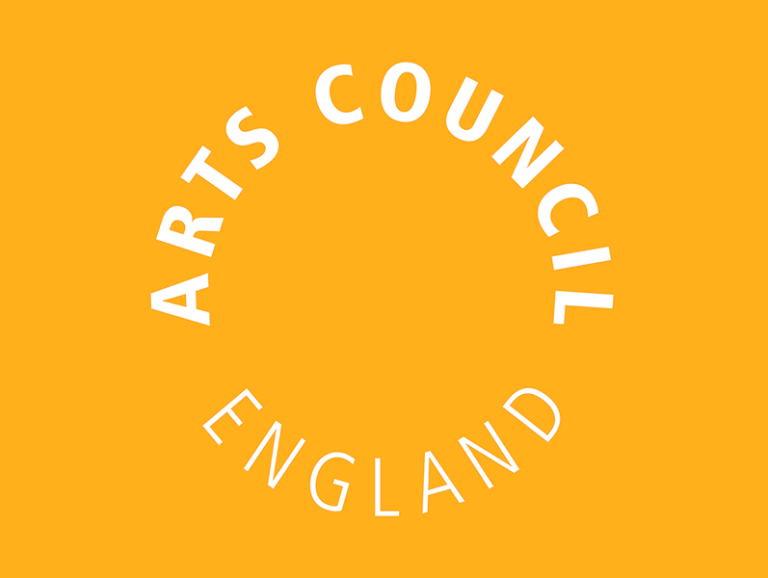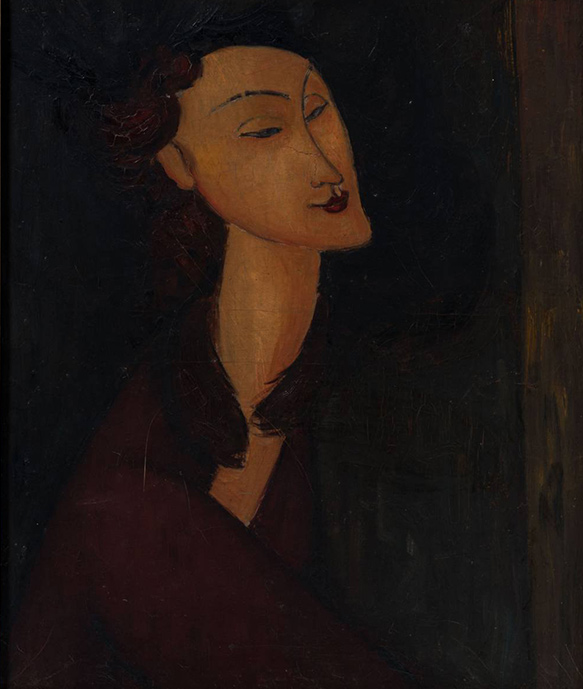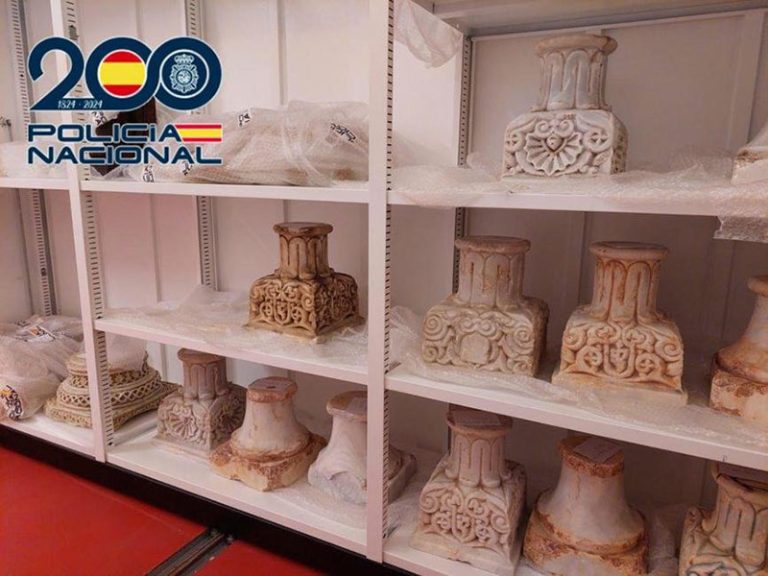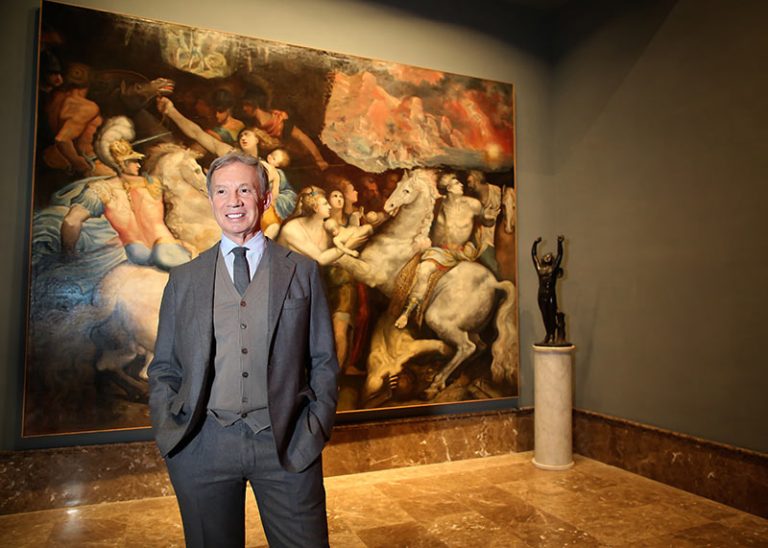A logical concern since the National Museum of Modern Art is the depository of other studio funds, but that of the Romanian artist has acquired a particular status in the constitution of his work. Should we therefore move the reconstitution of this workshop a third time?
Brancusi produced most of his work in the workshops he successively occupied near Montparnasse, from 1916 until his death in 1957. Occupy is a weak word, since the artist made these places his living theater. Impasse Ronsin, everything is made by the artist's hands, the sculptures of course but the stools too, like the tables, the workbench, like the front of the fireplace… He also organizes dinners, parties, shows of dance and above all conceives of space as a sort of total work. There he stages the presentation of his sculptures, on particularly chosen bases and is very demanding when it comes to lighting. To maintain the unity of the whole, when a sculpture is sold, he replaces it with a print: “I was stunned by the whiteness and clarity of the room, Man Ray will say, more impressed than by any cathedral. » Influenced by his photographer friend, Brancusi left us many instructive views of his studio and impressive self-portraits in situ. Threatened with expulsion at the beginning of the 1950s by an extension of the neighboring Necker Hospital, he obtained mercy by offering his workshop to the State. The legacy, recorded in his will of April 12, 1956, concerns the entirety, not only 144 sculptures but sketches, 86 bases, furniture, tools, archives, photographic prints, the library… what we can discover in the current retrospective. It is up to the State to preserve the whole and reconstitute the place.
A first reconstruction was presented in 1962 at the National Museum of Modern Art (Mnam) then deployed at the Palais de Tokyo. In 1977, the Mnam collections were transferred to the Beaubourg plateau. A small building was then built on the north side of the piazza to relocate the workshop. Twenty years later, the presidency of the Center Pompidou recognizes that this construction“has always seemed incongruous and disparate”. She then decided to entrust Renzo Piano, co-architect of the parent company, with the task of creating a new reconstruction, the one we know today near the flagship building. A perilous undertaking, from which the Italian fared rather well. He avoids the fetishism of the object, the identical reproduction while respecting the original volumes. Above all, it promotes the quality of the exhibition of works with overhead light. But the place suffers from low attendance. The signage intended to encourage visitors to the Center to take this path is deplorable and, even so, the place is cramped. It has therefore just been decided to move the workshop again, to place it in the collection route. Is this really a priority? What will become of the small building carefully designed for a specific use? Is it appropriate to reduce the space for the Mnam collections in the main building? Opportunity to finance a new redevelopment of the workshop? The technical renovation of the main building (asbestos removal of facades, energy optimization, etc.) is now estimated at €262 million, the cultural master plan – the redevelopment of interior spaces – at €207 million. The State provides the first budget, the Center Pompidou must finance the second. Choices will have to be made if the revenues do not match the ambitions or if the debate convinces us to remain in the Piano building.

